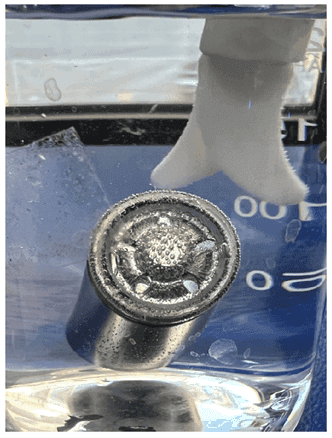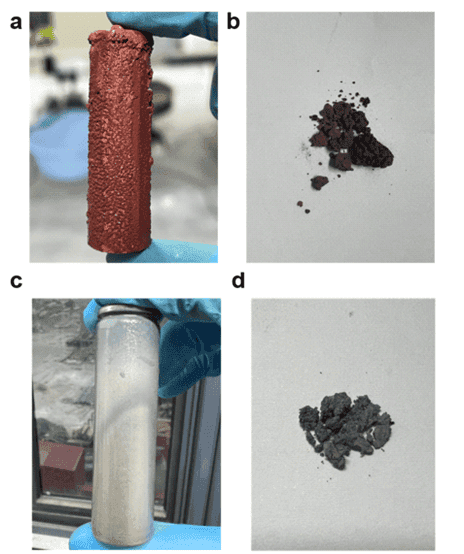Used batteries cleaned water from heavy metals
They removed ions of cuprum, cadmium, zinc, and chromium
US scientists had suggested to use the residual energy of lithium-ion batteries to recover heavy metals from water. They examined the behavior of the batteries in water solutions containing metal ions with various acidity levels and discovered the best conditions for the recovery reactions. The article was published in Proceedings of the National Academy of Sciences journal։
After use of lithium-ion batteries energy remains in them that cannot be utilized in electronic devices due to insufficient electromotive force. But this residual energy constitutes a notable volume of the initial battery capacity- up to 10%. As per safety regulations batteries should be discharged when discarded. Moreover, the energy emitted during the discharge is not used and is just dispersed in the form of heat.
Scientists from Berkeley California University found a way to utilize that energy. They assumed that the used batteries can be utilized to recover heavy metals from water. But when they started experiments with removal of heavy metals from water solutions they found out that catodal potential of the used lithium-ion batteries, that affects the volume of the recovered metals, strongly and unevenly is affected by the acidity of the environment. While for establishment of a successful electrochemical process the potential should be homogenous. And the scientists decided to investigate why the cathode potential is behaving strangely in heavy metal water solutions with different acidity levels.

Figure 1․ Battery submerged in the solution. Sun, Honghuai, Qingming Song, and Zhenming Xu, PNAS, 120.14 (2023): e2213130120.
In total, the scientists had experimented with three types of water solutions of heavy metals. The metal ions were deposited on the surface of the battery. CuSO4, CdSO4, ZnSO4, K2Cr2O7, and Fe2(SO4)3 were used to introduce heavy metals into solutions. H2SO4 and NaOH were used to regulate solution acidity. Additional chemicals were used to regulate other properties of the solution.
The first water solution contained cuprum (Cu2+), cadmium (Cd2+), and zinc (Zn2+) ions. Experimenting with the solution acidity of pH = 2 scientists were unable to retrieve any significant amount of metals. Lowering the solution acidity to pH = 4.2 scientists were able to to retrieve 57.5% of the metals in by using 35․08% of the battery’s residual energy.
The second water solution contained cuprum (Cu2+) and cadmium (Cd2+) ions. At solution acidity of pH = 2 and using 84.7% of the battery’s residual energy 90% of cuprum was removed in 3 hours. To remove cadmium, the acidity of the solution was lowered to pH = 4.2, but using only 13․01% of the battery’s residual energy just 14% of cadmium was removed։
The third water solution contained hexavalent chromium (Cr (VI)). To accelerate the reaction, iron ions (Fe3+) were added in 1-to-1 rate to chromium. This way scientists were able to use 88․4% of the battery’s residual energy to retrieve 100% of the metals.
Thus the scientists were able to illustrate that 35 to 90 percent of the residual energy of the lithium-ion batteries can be utilized to remove metals from water solutions. It should also be mentioned that the energy used to regulate the acidity of the solution was 19.5%-28.6% of the energy that would be required for the battery discharge using traditional methods, meaning the described process was also more energy-efficient.
